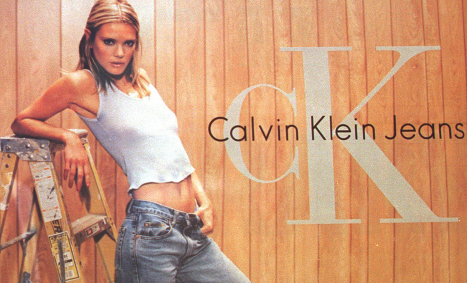Triggering Anorexia and Overeating
Printed Page 344
Some critics accuse ads of contributing to anorexia among girls and women; others, of contributing to obesity among young and adult Americans. To be sure, companies have long marketed fashions and cosmetics by showing ultrathin female models using their products. Through such campaigns, advertising strongly shapes standards of beauty in our culture. Many girls and women apparently feel compelled to achieve those standards—even if it means starving themselves or having repeated cosmetic surgeries.

At the same time, advertising has also been blamed for the tripling of obesity rates in the United States since the 1980s. Corn-syrup-laden soft drinks, fast food, junk food, and processed food are the staples of media advertising. Critics maintain that advertisements for fattening products have directly contributed to widespread obesity in the United States. The food and restaurant industry has denied this connection. Industry advocates claim that people have the power to decide what they eat—and many individuals are making poor choices, such as eating too much fast food.